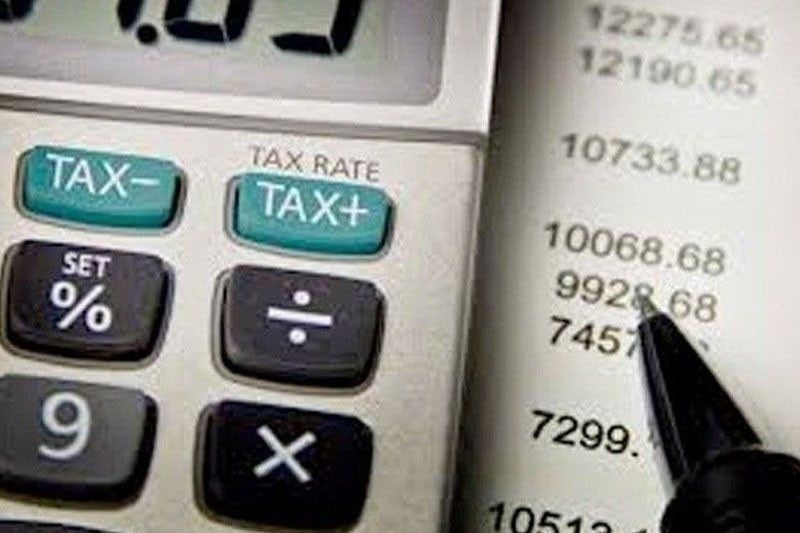Essential FAQs: Filing tax returns and paying taxes explained

Clear tax filing instructions and guidelines are essential for promoting compliance and ensuring that taxpayers are not caught off guard by sudden regulatory changes.
On Aug. 7, 2024, the Bureau of Internal Revenue (BIR) issued Revenue Memorandum Circular (RMC) 87-2024. This circular provides guidance on Frequently Asked Questions regarding the filing of tax returns and the payment of taxes, in accordance with Section 3 of Revenue Regulations 4-2024. These regulations implement the provisions of Republic Act 11976, also known as the Ease of Paying Taxes (EOPT) Act.
Manner of filing
According to the regulations, all tax returns must be filed electronically. The previous issuances mandating taxpayers to use the Electronic Filing and Payment System (eFPS) for filing tax returns and paying taxes remain in effect, as these mandates are consistent with the provisions of Section 3 of RR 4-2024. Therefore, taxpayers who are already enrolled should continue using eFPS, although they may be allowed to utilize the eBIRForms facility if there is an advisory about the unavailability of the eFPS. Taxpayers required to use eFPS but are not yet enrolled in the system may use eBIRForms for e-filing and pay taxes electronically or manually until their eFPS enrollment is approved.
The circular clarified that manual filing is allowed provided that the electronic filing platforms are non-operational, the tax return form is not yet available on any electronic filing platform, or if permitted by the Commissioner of Internal Revenue for justifiable reasons. Taxpayers may manually file and pay their taxes to any Revenue Collection Officer (RCO) or Authorized Agent Bank (AAB). However, RCOs may only accept cash payments not exceeding P20,000, while there is no limit on check payments.
The circular also mentioned that attachments to the tax returns should be submitted electronically using the Electronic Audited Financial Statements (eAFS) or eSubmission Facility. The applicable manner of submission would depend on the nature of the documents to be submitted by the taxpayer. In case of unavailability, the attachments can be submitted manually to the BIR district office that has jurisdiction over the taxpayer.
Manner of payment
The circular also provides guidelines for issuing checks as a mode of payment for taxes due, which should be prepared depending on the payment channel. If the receiving AAB’s system is offline or unavailable, taxpayers may transfer to another AAB branch, even if the name of the receiving AAB branch is already indicated on the check for payment of taxes due, provided that the branch is within the same AAB. Taxpayers should indicate the receiving branch’s name, their name and TIN on the back of the checks.
Imposition of penalties
Another noteworthy effort of the BIR to provide relief to taxpayers mentioned in the RMC is the removal of the twenty-five percent surcharge for filing a return at the wrong venue. This is consistent with the “file and pay anywhere” option, wherein a taxpayer can file and pay their tax liability to any AAB. However, the computation of penalties for late filing must be done at their registered RDO.
The ongoing effort of the BIR to simplify the process for fulfilling tax obligations and provide taxpayers with efficient and user-friendly services aim to enhance the overall tax filing experience and build trust in the tax system. While improvements in the tax system have addressed many issues, there are vulnerabilities that taxpayers should be aware of.
Downtimes in the system, particularly in eFPS, are inevitable. It is advisable for taxpayers to record system downtimes and take screenshots of any error messages or system failures they encounter, as this could serve as evidence should there be any issues with deadlines or penalties.
To ensure seamless payments using checks, it is always best to confirm with AABs the specific guidelines on how the payee information should be formatted. Additionally, taxpayers should be aware that AABs implement earlier cut-off times for check payments. It is still a question whether AABs will require the Tax Return Receipt Confirmation prior to accepting the payments.
Furthermore, the BIR should continuously evaluate and improve the design of the forms generated using the eBIRForms to make them easier to understand. The font size should be large enough to be legible on both screen and paper.
The tax administration system may seem daunting for taxpayers, but by staying informed of updates, taxes don’t have to be overwhelming. As we begin a new tax year, may we all fulfill our tax responsibilities with ease.
Mary Rose de Leon-Isleta is a director from the Tax Group of R.G. Manabat & Co., a Philippine partnership and a member firm of the KPMG global organization of independent member firms affiliated with KPMG International Limited, a private English company limited by guarantee. The firm has been recognized as a Tier 1 in Transfer Pricing Practice and in General Corporate Tax Practice by the International Tax Review. For more information, you may reach out to Mary Rose De Leon-Isleta or Karen Jane Vergara-Manese through [email protected], social media or visit www.home.kpmg/ph.
- Latest
- Trending
























